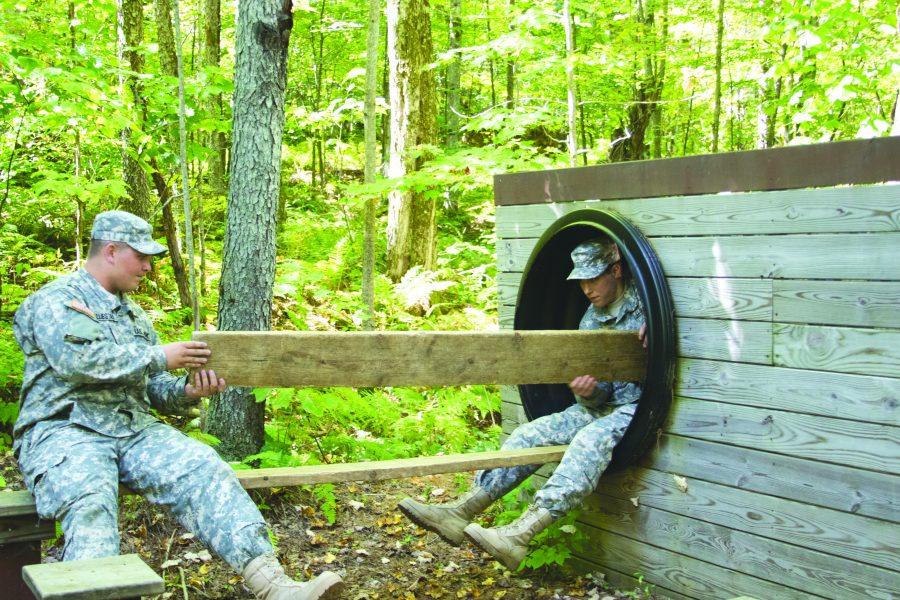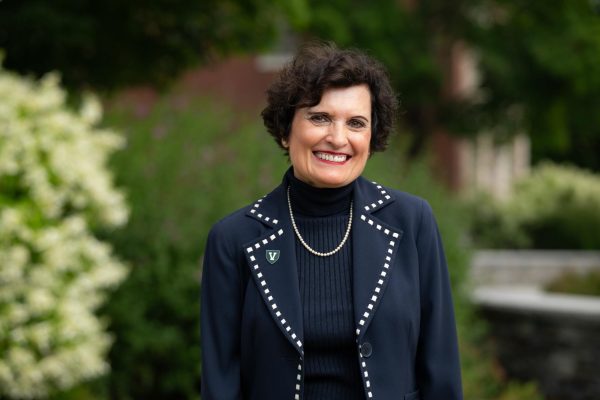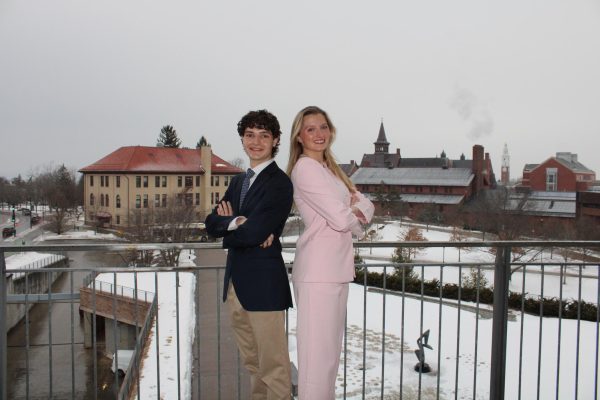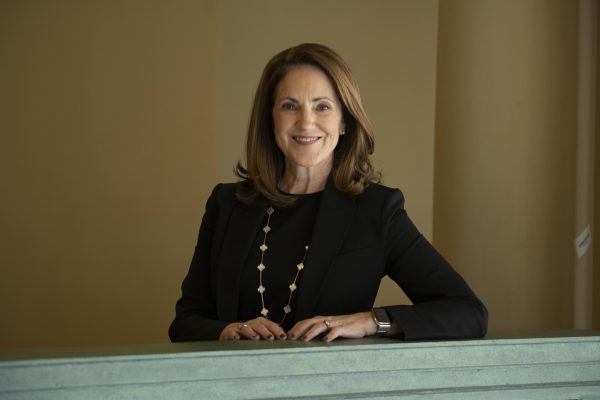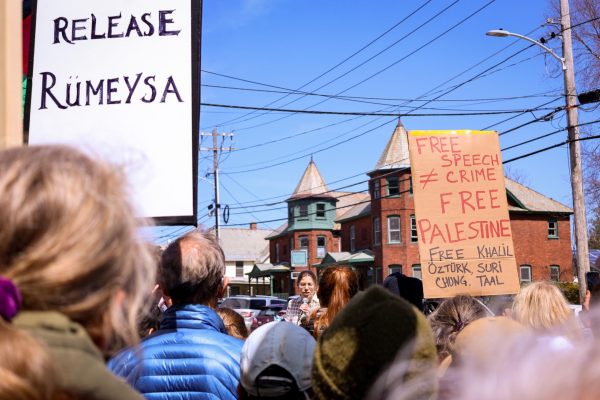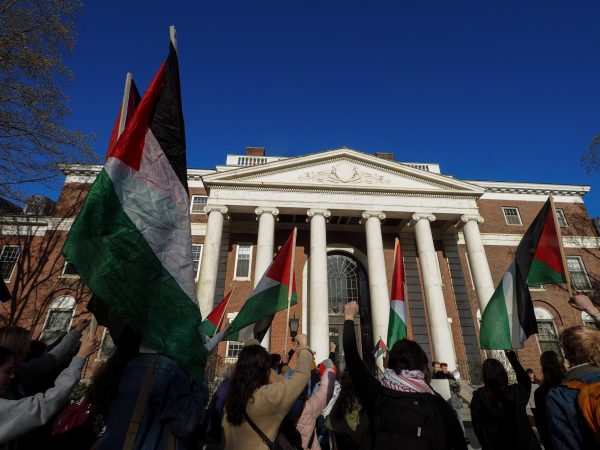UVM ROTC ranked in top eight
UVM’s senior Army Reserve Officers’ Training Corps recently received the 2016 MacArthur Award.
The MacArthur Award was awarded to eight schools nationwide. There are 275 ROTC programs in the country, which are broken into eight brigades, Battalion Commander senior Julie Silverberg said.
The top school was picked within each brigade. UVM was selected over 42 other schools.
The winners are selected by the U.S. Army Cadet Command and the Gen. Douglas MacArthur Foundation, according to a May 2015 U.S. Army article.
UVM is ranked second among the eight schools that have earned this award.
The award distinguishes programs for their achievements in their mission, cadets’ performance, National Order of Merit List and cadet retention rate, according to UVM ROTC’s website.
The ROTC program at UVM prepares cadets to become good officers after graduation and tries to incorporate the three principles of honor, duty and patriotism into their training, Silverberg said.
“We focus on those three things to help all of our cadets become the best officers that they can be,” she said.
The UVM ROTC program started in 1916, according to their website.
Upon graduation each ca- det will be commissioned as a second lieutenant in the United States Army. On top of being full-time students, cadets also complete physical training, field training and leadership labs, ac- cording to the website.
Lt. Col. Timothy Knoth, professor of military studies, said the award is based on academic, military and physical performance.
“It’s nice to be recognized regionally by our brigade commander as the program that most emulates that of the 42,” Knoth said. “To have the objec- tive scores behind it just means that people are working and are focused and helping each other.”
Senior Fred Torde said the character of Green Mountain Battalion played a major role in being chosen for the award.
“We strive to be better in every aspect, physical training, the military labs, as a person and community outreach,” Torde said.
The program has a culture that challenges cadets to recognize what they do well and how they can improve, Silverberg said.
“I think it speaks to all of the cadets here trying to better themselves which leads to the betterment of the organization,” she said.


